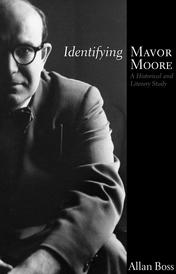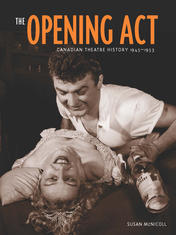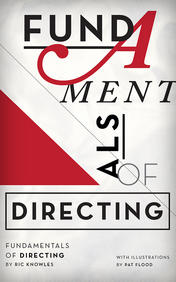Theater

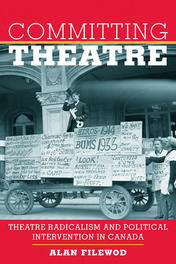
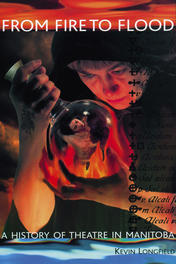
Theatre history is full of people warning us about the dangers of theatre. Theatre's detractors call it an immoral force that will cause society's ruin. Winnipeg's theatre debut, however, came closer to causing mass civil destruction than in any other place. Live theatre nearly killed Winnipeg before the city properly started.
Winnipeg's first recorded theatre event took place in September 1867. Manitoba was not yet a province. Winnipeg was not yet incorporated as a city; the town's population was about 100, with perhaps 1000 people living in the area that would become the unified City of Winnipeg in 1971.
Even in those early days, Winnipeg was proud of its people, and ready to celebrate any achievement. When George "Dutch" Emmerling opened the George Hotel, therefore, some enterprising citizens planned a night of "dramatic readings and recitations, a pianoforte solo and a comedy skit" in honour of the new business. They booked an empty room above a general store and dubbed it the Red River Hall.
The intrepid theatre artists set about securing props, costumes, and a grasp on their lines. The city streets were not yet paved, so they set some sandbags on the gummy mud in front of the hall's only entrance, and laid planks on this foundation to make a crude walkway.
The first to arrive was a man on horseback, bringing the lamps to be used for footlights. He parked his horse astride the entrance and unloading began. A short time later the company learned that the horse had become stuck in the gumbo. They would have no audience unless they could free the horse.
In the grandest theatre tradition, all hands put themselves to the task, including actors already in costume. After a great effort that included the destruction of some costumes, they freed the horse.The show could now begin, although some of the actors were forced to wear street clothes.
The audience trooped in, including the beaming Mr. Emmerling. He had put candles in every window of his new establishment down the street, to better advertise the subject of the night's show.
The first warning of potential doom came when the stage manager announced that the floor was dangerously overloaded. (An overflow crowd amounting to more than half the town's population had shown up.) He therefore asked the audience to refrain from applause, lest the added stress on the structure should cause it to fail, destroying the building and quite possibly themselves.
The show proceeded, with the finale being a slapstick version of the reception the first customer might have at the George. The skit featured exploding candles, disappearing shoes, and numerous topical references, many at Emmerling's expense. (Emmerling, despite fears to the contrary, and displaying a forebearance that today's leading citizens would do well to emulate, took the jibes with good humour.) Winnipeg's first night of theatre therefore included an original Manitoba script. The reception was wild: as Hargrave says, the "...applause [was] of so violent a nature as severely tried the frail supports with which the flooring was upheld and was in consequence 'speedily suppressed.'"
Latecomers are a bane of audiences everywhere, but on this night one literally saved the town. As he hurried towards Red River Hall, he noticed that a candle in Emmerling's hotel had ignited the curtain, putting the entire hotel in danger. He rushed inside and doused the fire before crossing the street to disturb the performance.
Since Winnipeg was then a tight collection of wood buildings, it is likely that, had the latecomer not saved the hotel, the fire would have razed the town. Since Red River Hall had only one exit, it is also likely that most of its citizens would have perished, since they would have been trapped in the building by the single, narrow exit.
A population made of less sturdy stock would have thought themselves fortunate and banned future theatricals as a precaution. Not so Winnipeg. The theatre group promised a return engagement the next week, leaving the store owner seven days to frantically prop up the second floor with poplar logs. This return engagement had to proceed without the "principal actor and organizer." Upon returning to the stage to fetch a forgotten item, he stumbled in the dark and severely gashed his leg on the tin reflector of a footlight. The injury required surgery and several weeks of bed rest.
This was the start of a lively theatre community that would soon have more splendid facilities and performances. Within a few years Winnipeg would have a hall with a capacity greater than the population, and performances of both classics and scripts by local playwrights.
Later, when the Anglican Church approached Alexander Begg, the building's owner, about using Red River Hall for Sunday evening services, the structure did double duty. Sunday evenings it served the faithful who did not want to walk to St. John's Cathedral. This congregation became the founding members of Holy Trinity Anglican Church.
As chronicler Alexander Begg put it, "Out of the theatre therefore grew the church."
